Home>Furniture>Outdoor Furniture>How To Lay A Cobblestone Patio
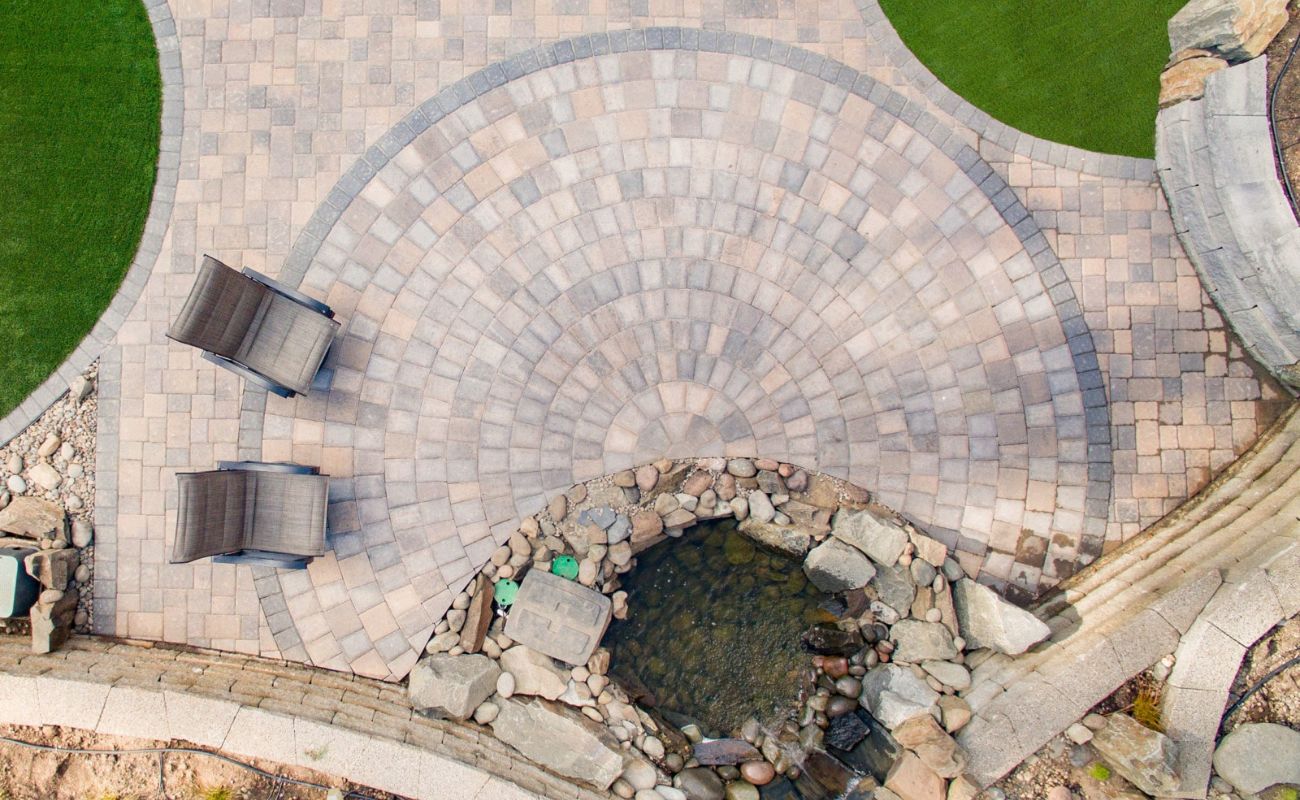

Outdoor Furniture
How To Lay A Cobblestone Patio
Modified: March 7, 2024
Learn how to lay a beautiful cobblestone patio for your outdoor furniture. Step-by-step guide with expert tips and tricks. Create a stunning outdoor space today!
(Many of the links in this article redirect to a specific reviewed product. Your purchase of these products through affiliate links helps to generate commission for Storables.com, at no extra cost. Learn more)
Introduction
Welcome to our comprehensive guide on how to lay a cobblestone patio! Adding a beautifully crafted outdoor space to your home not only enhances its aesthetic appeal but also provides a functional area for relaxing, entertaining, and enjoying the great outdoors. Cobblestone patios, with their timeless charm and durability, are an excellent choice for creating a rustic and inviting atmosphere.
In this article, we will walk you through the step-by-step process of laying a cobblestone patio, from choosing the right materials to finishing touches and maintenance. Whether you are a seasoned DIY enthusiast or a beginner, our guide will equip you with the knowledge and techniques to create a stunning patio space that will bring years of enjoyment.
While laying a cobblestone patio may seem like a daunting task, with proper planning and preparation, it can be a rewarding and satisfying project. So, let’s dive into the details and get started on transforming your outdoor living area!
Key Takeaways:
- Laying a cobblestone patio involves choosing the right materials, proper planning, and precise measurements. Attention to detail and patience are key to creating a stunning and durable outdoor space.
- Maintaining a cobblestone patio is essential for its longevity. Regular sweeping, prompt stain removal, and periodic inspections will keep the patio looking beautiful and ensure a safe outdoor environment.
Read more: How To Lay Cobblestone Walkway
Choosing the Right Materials
When it comes to cobblestone patios, selecting the right materials is crucial for achieving a long-lasting and visually appealing result. Here are some factors to consider while choosing your materials:
- Cobblestones: Cobblestones are typically made of natural stone, such as granite or limestone, which gives them their distinctive charm and durability. Consider the color, texture, and size of the cobblestones to ensure they complement your home’s exterior and the overall aesthetic you want to achieve.
- Base material: The base material provides stability and support for the cobblestones. Depending on your specific needs and preferences, you can choose from options such as crushed gravel, sand, or stone dust. The base material should be compacted and leveled properly to create a solid foundation.
- Edge restraints: Edge restraints are essential for keeping the cobblestones in place and preventing them from shifting over time. Options include concrete or metal edging, which should be securely installed along the perimeter of the patio.
- Joint filler: Joint filler is used to fill the gaps between the cobblestones and provide stability. Common choices include sand or polymeric sand, which hardens when wetted, creating a solid surface. Consider the color and texture of the joint filler to complement the cobblestones and enhance the overall look of the patio.
- Sealant: Applying a sealant to the cobblestones can help protect them from staining, moisture damage, and wear. Choose a sealant specifically formulated for natural stone surfaces and follow the manufacturer’s instructions for application.
Take the time to research and compare different materials to ensure you make the right choices for your cobblestone patio project. Consider your local climate and environmental factors that may impact the durability and maintenance requirements of the materials you choose.
Once you have chosen the materials, it’s time to move on to the next step: planning and measuring your patio area.
Planning and Measuring
Proper planning and accurate measurements are essential for a successful cobblestone patio project. Here are the key steps to follow:
- Patio Layout: Begin by deciding on the size and shape of your patio. Consider factors such as the available space, the intended use of the patio, and any existing landscaping features that need to be incorporated.
- Mark the Area: Use stakes and string to mark the perimeter of the patio. Ensure that the area is squared and leveled using a bubble level.
- Calculate Materials: Once you have the measurements of the patio area, you can calculate the amount of cobblestones, base material, and joint filler needed. Use online calculators or consult with a local supplier to ensure accurate estimations.
- Consider Drainage: Assess the slope of the area and plan for proper drainage by incorporating a slight slope away from the house. This will prevent water from pooling on the patio surface and causing damage.
- Check for Permits: Depending on your location and the size of the patio, you may need to obtain permits or comply with local building codes. Check with your municipality to ensure you are following the necessary regulations.
Taking the time to properly plan and measure your patio area will help minimize mistakes and ensure a smooth installation process. It is also a good idea to create a rough sketch of your patio layout to visualize how it will look in your outdoor space.
Once you have completed the planning and measuring phase, it’s time to move on to preparing the area for the patio installation.
Preparing the Area
Before you can begin laying the cobblestones, it is crucial to properly prepare the area where your patio will be installed. Here are the steps to follow:
- Clear the Area: Remove any existing vegetation, rocks, or debris from the patio site. This will provide a clean and level surface to work with.
- Excavation: Dig down to a depth of about 6 to 8 inches to create space for the base material and the cobblestones. Use a shovel or a mechanical excavator, depending on the size of the patio.
- Compact the Soil: Once the area is excavated, use a plate compactor or a hand tamper to compact the soil. This will help prevent future settling and ensure a stable foundation for the patio.
- Add Base Material: Spread a layer of base material, such as crushed gravel or stone dust, evenly over the excavated area. Use a rake to level the material and ensure a uniform thickness of about 4 to 6 inches.
- Compact the Base Material: Compact the base material using a plate compactor or hand tamper. This will create a solid and stable surface for the cobblestones to be placed on.
- Check for Level: Use a level to check the slope and overall levelness of the prepared area. Make any necessary adjustments to ensure proper drainage away from your house and a level patio surface.
Proper preparation of the area is critical for the longevity and stability of your cobblestone patio. Taking the time to clear the site, excavate, compact, and level the area will lay the foundation for a successful installation.
Now that the area is prepared, it’s time to move on to the next step: creating a base for the cobblestones.
Creating a Base
Creating a solid and stable base for your cobblestone patio is essential for ensuring its longevity and durability. Here are the steps to follow when creating the base:
- Add a Layer of Geotextile Fabric: Before placing the base material, it is recommended to lay down a geotextile fabric over the compacted soil. This fabric will help prevent weeds from growing through the patio and provide additional stability.
- Add the Base Material: Spread a layer of base material, such as crushed gravel or stone dust, over the geotextile fabric. Use a rake to distribute the material evenly, ensuring a thickness of about 2 to 3 inches.
- Compact the Base Material: Using a plate compactor or hand tamper, compact the base material to create a solid and level surface. Continue compacting in layers until the base material is firmly packed.
- Check for Level: Use a level to ensure that the base material is evenly distributed and that the patio area has a slight slope away from the house for proper drainage.
- Add Additional Base Material: If necessary, add more base material and compact it until the desired height is achieved. The thickness of the base material will depend on the specific recommendations for your cobblestones.
Creating a well-compacted base is crucial as it will provide stability and prevent the cobblestones from shifting or sinking over time. Take your time during this step to ensure a solid and level foundation for your patio.
With the base in place, you are now ready to start laying the cobblestones, which we will discuss in the next section.
Before laying a cobblestone patio, make sure to properly prepare the base by digging at least 6 inches deep, adding a layer of gravel, and then sand. This will ensure a stable and long-lasting patio.
Read more: How To Lay Cobblestone Driveway
Laying the Cobblestones
Now comes the exciting part – laying the cobblestones! Here’s a step-by-step guide on how to properly install the cobblestones for your patio:
- Create a Starting Point: Begin by choosing a starting point for laying the cobblestones. This is typically at one of the corners of the patio or at an edge.
- Place the Cobblestones: Carefully place each cobblestone in the desired pattern or design, aligning them closely together. Depending on the pattern and size of the cobblestones, you may need to cut some to fit the edges or curves of your patio.
- Tap Them into Place: Use a rubber mallet to gently tap each cobblestone into place, ensuring they are level and firmly set in the base material.
- Check for Levelness: Continuously check for levelness and adjust the cobblestones as needed to maintain a flat and even surface.
- Create Expansion Joints: Leave small gaps between each cobblestone to allow for expansion and contraction. These gaps will be filled with joint filler in the next step.
- Repeat the Process: Continue placing and tapping the cobblestones until the entire patio area is covered.
It’s important to take your time during this process and pay attention to the spacing and alignment of the cobblestones. This will ensure a visually appealing and structurally sound patio.
Once all the cobblestones are in place, it’s time to move on to filling the gaps between them.
Filling the Gaps
After laying the cobblestones, it’s time to fill the gaps between them to provide stability and enhance the overall appearance of your patio. Follow these steps to fill the gaps:
- Clean the Surface: Before filling the gaps, ensure that the patio surface is free of debris and dust. Use a broom or a blower to remove any loose particles.
- Choose a Joint Filler: Select a joint filler material that suits your preferences and the style of your patio. Common options include sand or polymeric sand. Consider the color and texture of the joint filler to complement the cobblestones.
- Apply the Joint Filler: Pour the joint filler material onto the patio surface, ensuring it reaches the gaps between the cobblestones. Use a broom or a brush to sweep the filler material into the gaps, making sure it is evenly distributed.
- Compact and Reapply: After applying the joint filler, gently tap the cobblestones with a rubber mallet to settle the filler material further into the gaps. Add more filler material if needed, ensuring that all gaps are adequately filled.
- Remove Excess Filler: Use a leaf blower or a brush to remove any excess filler material from the surface of the patio. This will leave a clean and polished appearance.
Properly filling the gaps between the cobblestones not only provides stability but also prevents weed growth and helps maintain the integrity of your patio. Take your time during this step to ensure a professional-looking finish.
With the gaps filled, your cobblestone patio is almost complete. Just a few finishing touches are left to make it truly shine.
Finishing Touches
Now that your cobblestone patio is installed, it’s time to add those finishing touches that will enhance its beauty and functionality. Here are some ideas to consider:
- Seal the Patio: Applying a sealant to the cobblestones can help protect them from staining, weathering, and enhance their natural beauty. Follow the manufacturer’s instructions for the specific sealant you choose and allow ample time for it to dry before use.
- Add Outdoor Furniture: Select comfortable and stylish outdoor furniture to complete your patio. Whether you choose a dining set, a cozy seating area, or a combination, make sure it fits well with the overall design and size of the space.
- Accessorize with Plants and Decor: Incorporate potted plants, hanging baskets, outdoor rugs, and decorative elements to personalize your patio. These additions will add color, texture, and ambiance to your outdoor space.
- Install Lighting: Enhance the ambiance and usability of your patio by adding lighting. Choose from options such as string lights, solar-powered pathway lights, or even recessed lighting for a warm and inviting atmosphere.
- Create Shade: If your patio is exposed to direct sunlight, consider incorporating shade elements such as umbrellas, pergolas, or retractable awnings. This will provide relief from the sun and make your patio more comfortable during hot summer days.
- Add a Fire Feature: If you enjoy spending time outdoors during cooler evenings, consider adding a fire feature. A fire pit or outdoor fireplace will not only provide warmth but also create a cozy and inviting atmosphere for gatherings.
By paying attention to these finishing touches, you can transform your cobblestone patio into a welcoming and functional outdoor oasis. Remember to choose elements that suit your personal style and create a space that you and your loved ones can enjoy for years to come.
Now that your patio is complete, it’s important to know how to properly maintain and care for it to ensure its longevity.
Maintenance and Care
Maintaining your cobblestone patio will help preserve its beauty and ensure its longevity. Here are some essential maintenance tips to keep in mind:
- Sweep Regularly: Regularly sweep your patio with a broom to remove debris, dirt, and leaves. This will help prevent scratches and stains on the cobblestones and keep the patio looking clean.
- Remove Stains Promptly: If you notice any stains on the cobblestones, such as oil or food spills, it’s important to address them promptly. Use a mild detergent or a specialized stone cleaner and a soft brush to gently scrub the affected area.
- Prevent Weeds: To prevent weeds from growing between the cobblestones, consider applying a weed preventer or using a weed barrier fabric underneath the base material during installation.
- Reapply Joint Filler: Over time, the joint filler between the cobblestones may wear down or wash away. Monitor the gaps and reapply joint filler as needed to maintain stability and prevent shifting.
- Protect Against Winter Damage: If you live in an area with freezing temperatures, it’s essential to protect your cobblestone patio from winter damage. Avoid using salt or de-icing chemicals, as they can damage the stones. Instead, use sand or gravel for traction.
- Perform Regular Inspections: Periodically inspect your patio for any signs of damage, such as cracked or loose cobblestones. Address any issues promptly to prevent further damage and ensure the structural integrity of the patio.
By following these maintenance practices, you can keep your cobblestone patio in excellent condition and prolong its lifespan. Regular care and attention will not only maintain its aesthetic appeal but also ensure a safe and enjoyable outdoor space for years to come.
Now that you have a better understanding of how to maintain your cobblestone patio, let’s wrap up this guide.
Read more: How To Lay Bluestone Patio
Conclusion
Congratulations! You’ve reached the end of our comprehensive guide on how to lay a cobblestone patio. By following the steps outlined in this article, you can create a stunning outdoor space that will enhance the beauty and functionality of your home.
From choosing the right materials to planning, measuring, and preparing the area, each step in the process is crucial for a successful patio installation. Laying the cobblestones requires attention to detail and a keen eye for alignment, ensuring a visually appealing and structurally sound result.
By filling the gaps between the cobblestones and adding those finishing touches, you can truly transform your patio into a personal oasis. Don’t forget to implement a regular maintenance routine to preserve the beauty and integrity of your cobblestone patio for years to come.
We hope that this guide has provided you with valuable insights and practical tips on how to lay a cobblestone patio. Remember to tailor the process to your specific needs and preferences, making it a truly unique addition to your outdoor space.
Now, gather your tools, unleash your creativity, and get ready to enjoy your own beautiful cobblestone patio! Happy crafting!
Frequently Asked Questions about How To Lay A Cobblestone Patio
Was this page helpful?
At Storables.com, we guarantee accurate and reliable information. Our content, validated by Expert Board Contributors, is crafted following stringent Editorial Policies. We're committed to providing you with well-researched, expert-backed insights for all your informational needs.
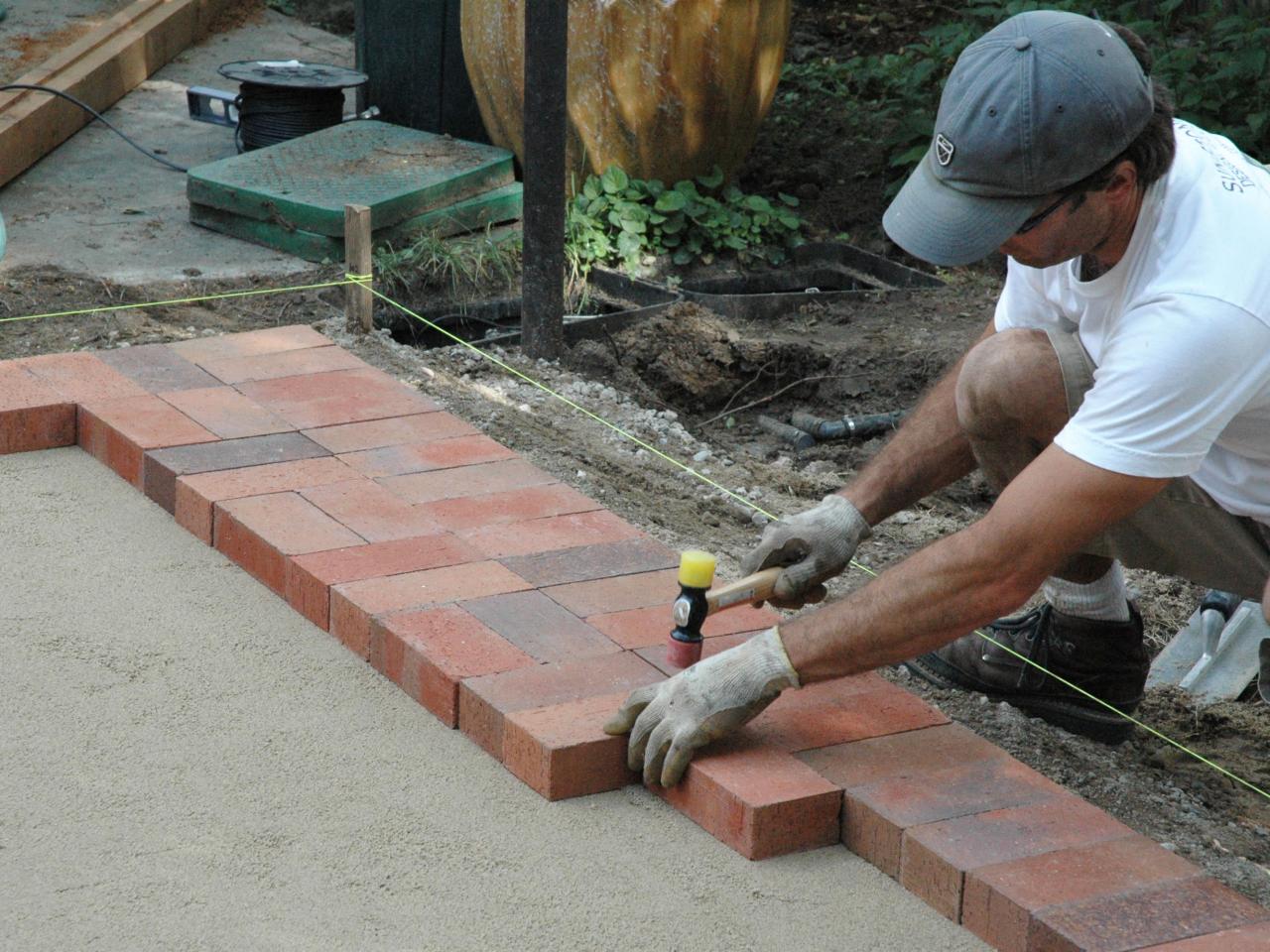
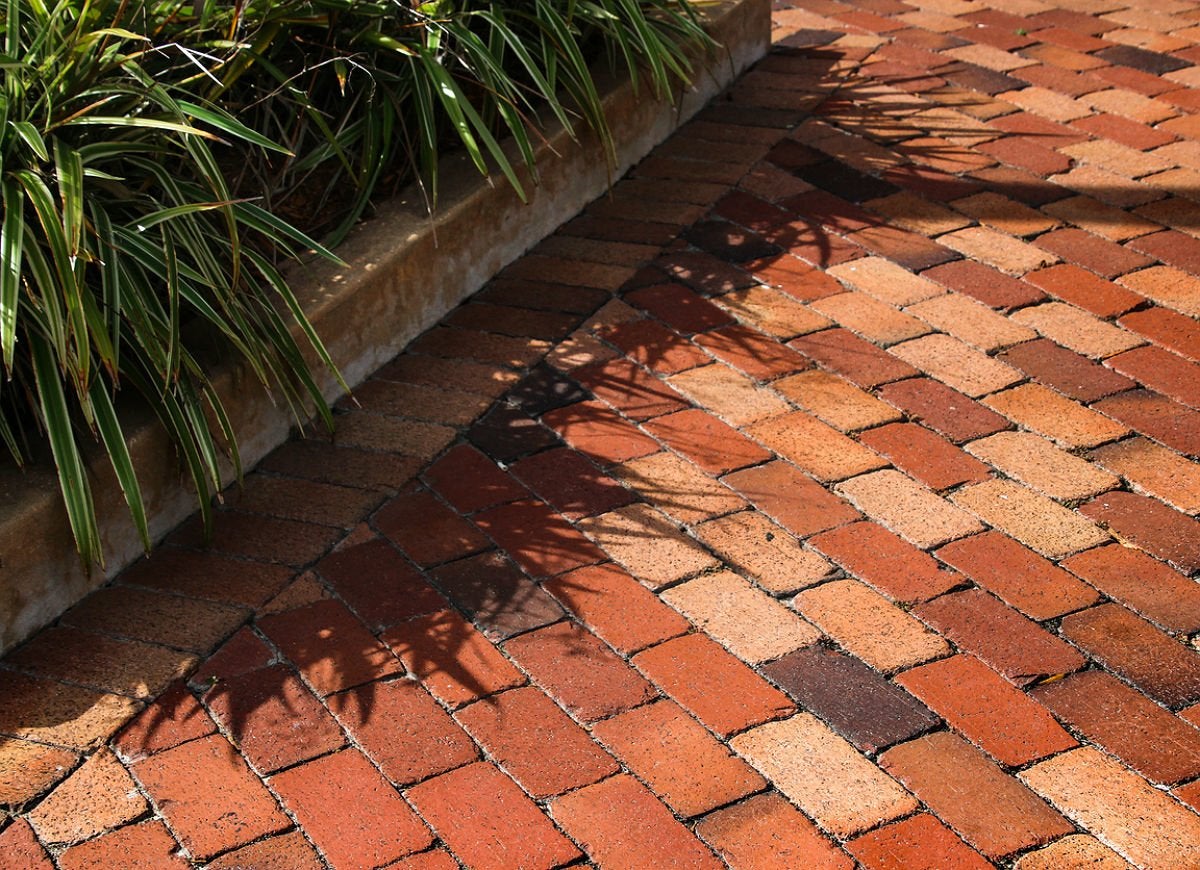
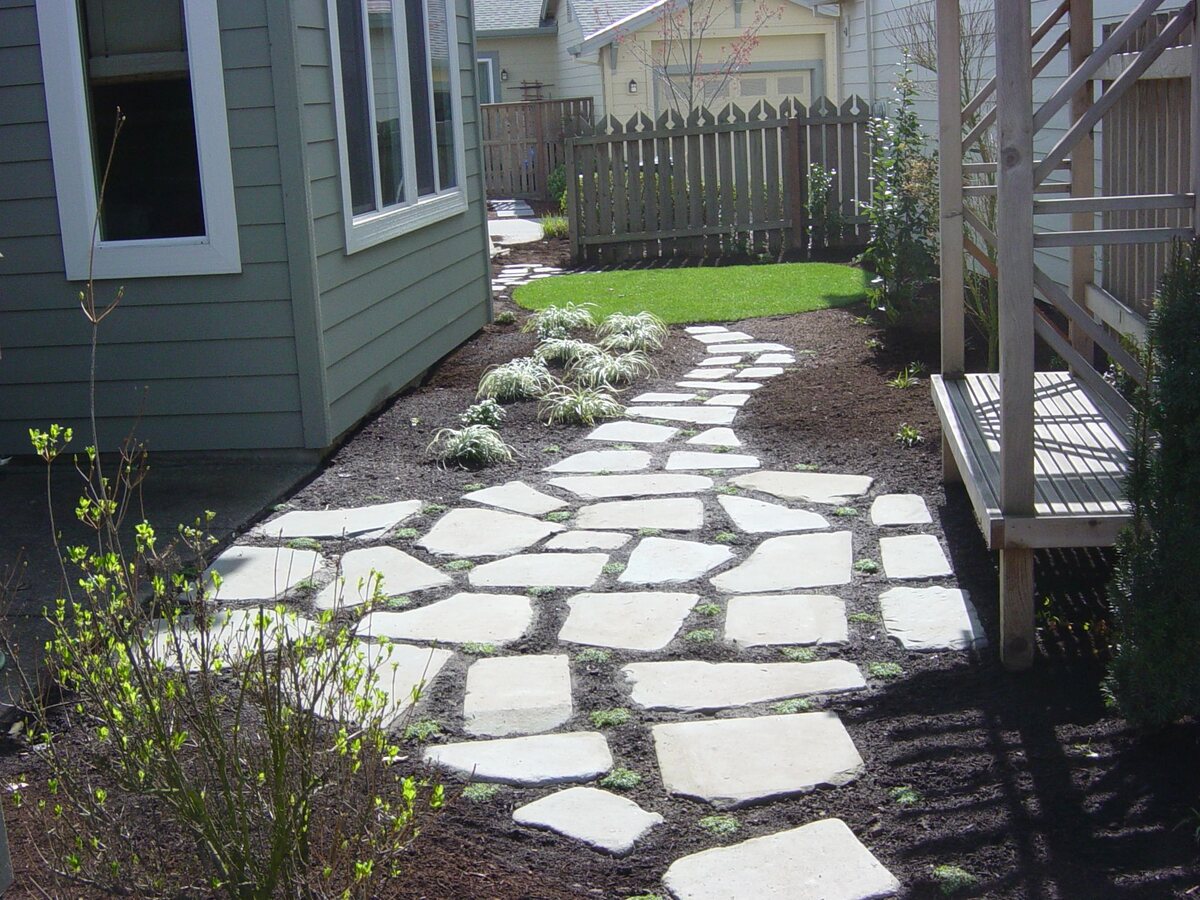
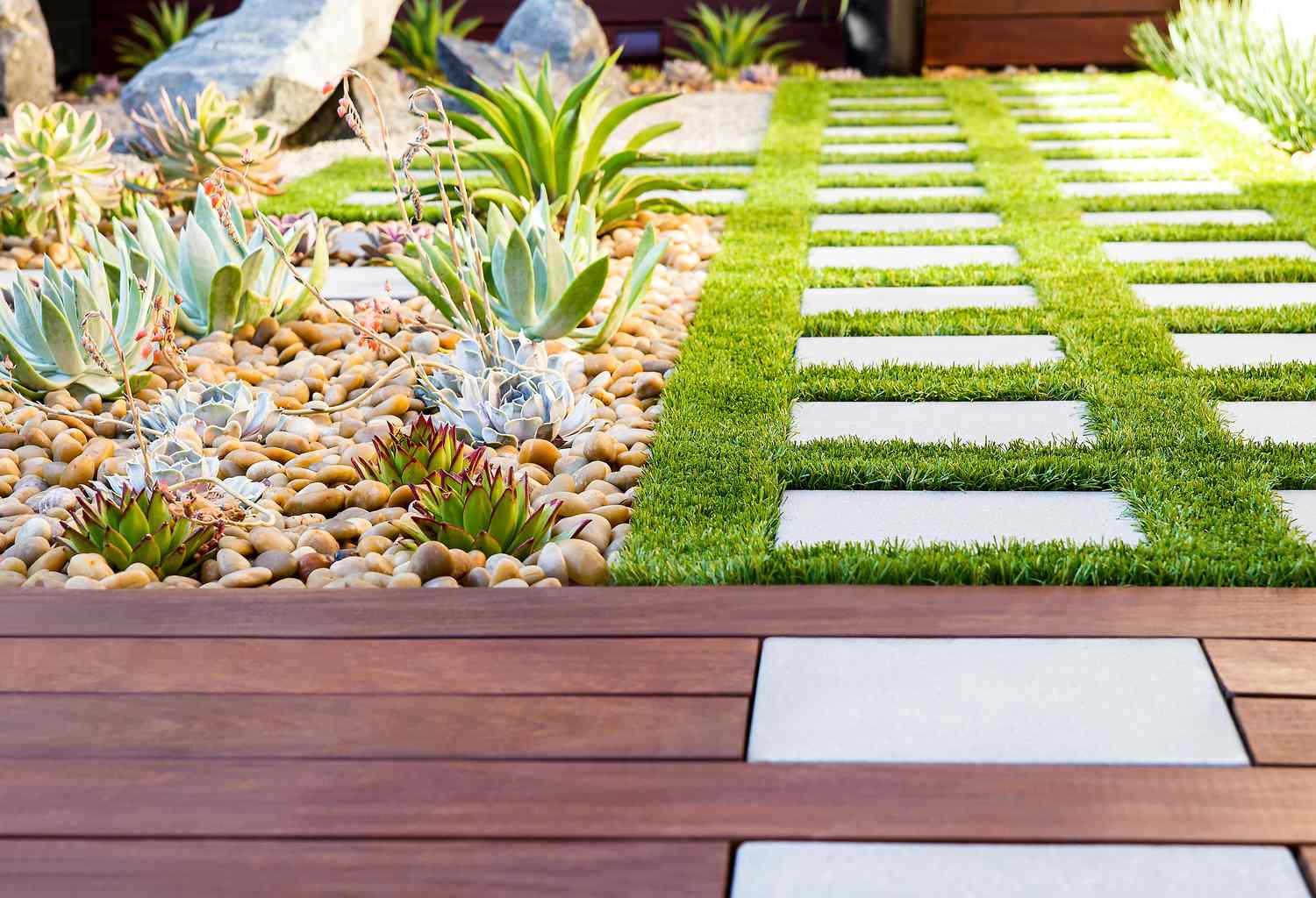
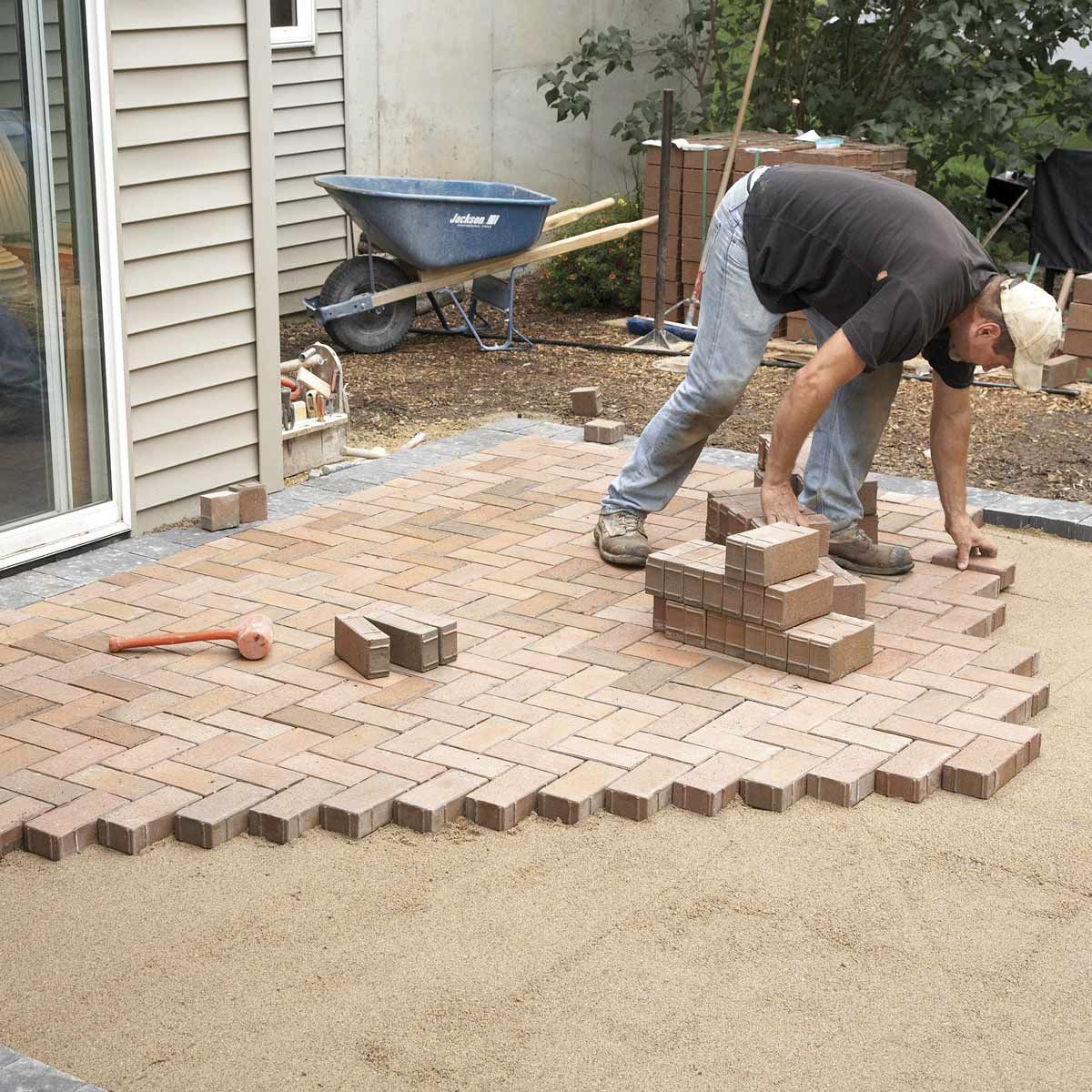
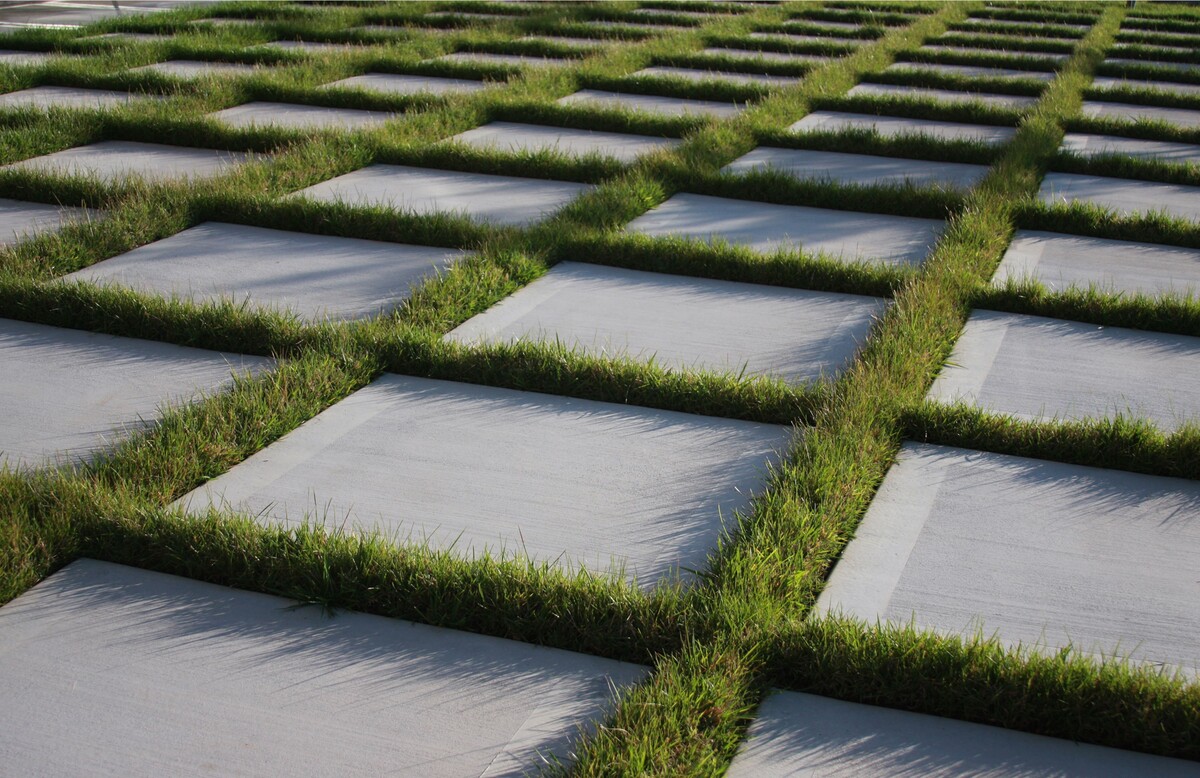
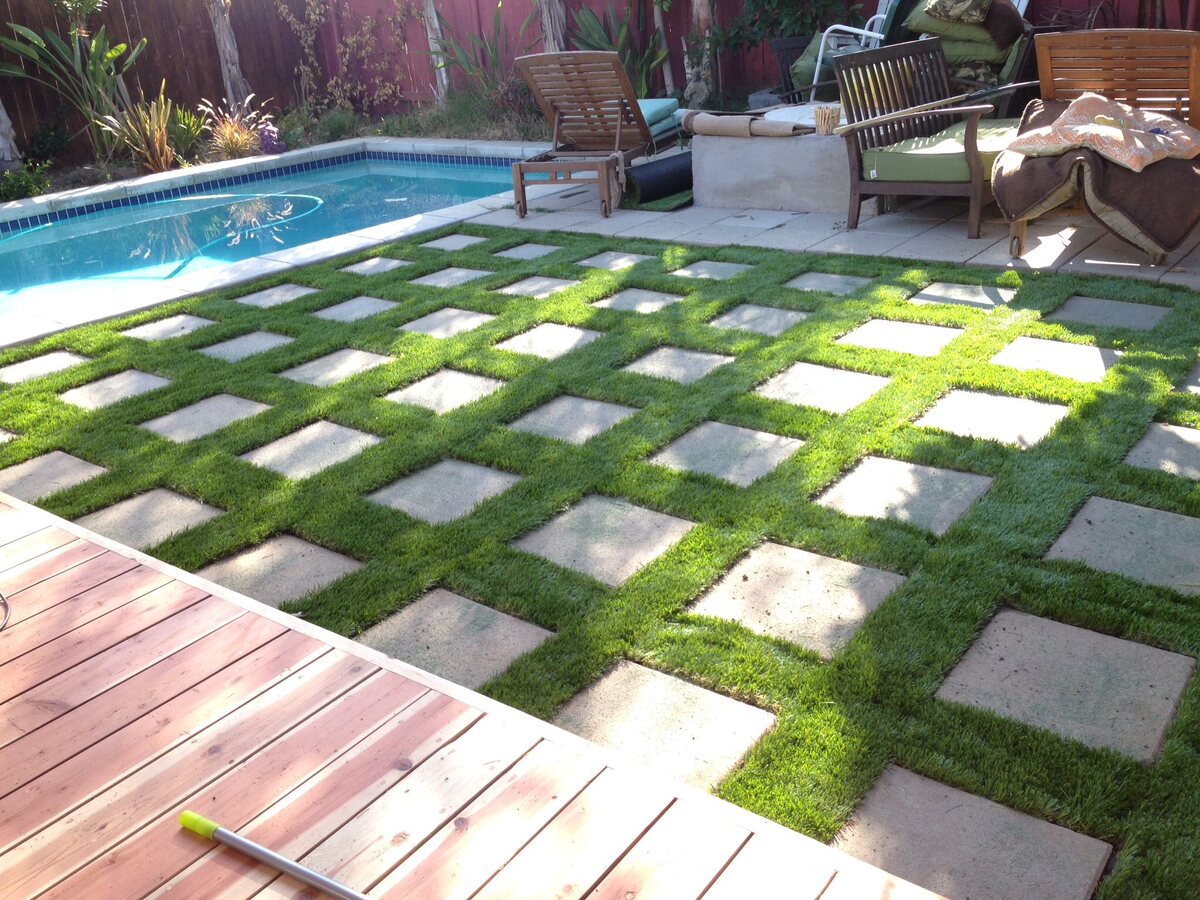
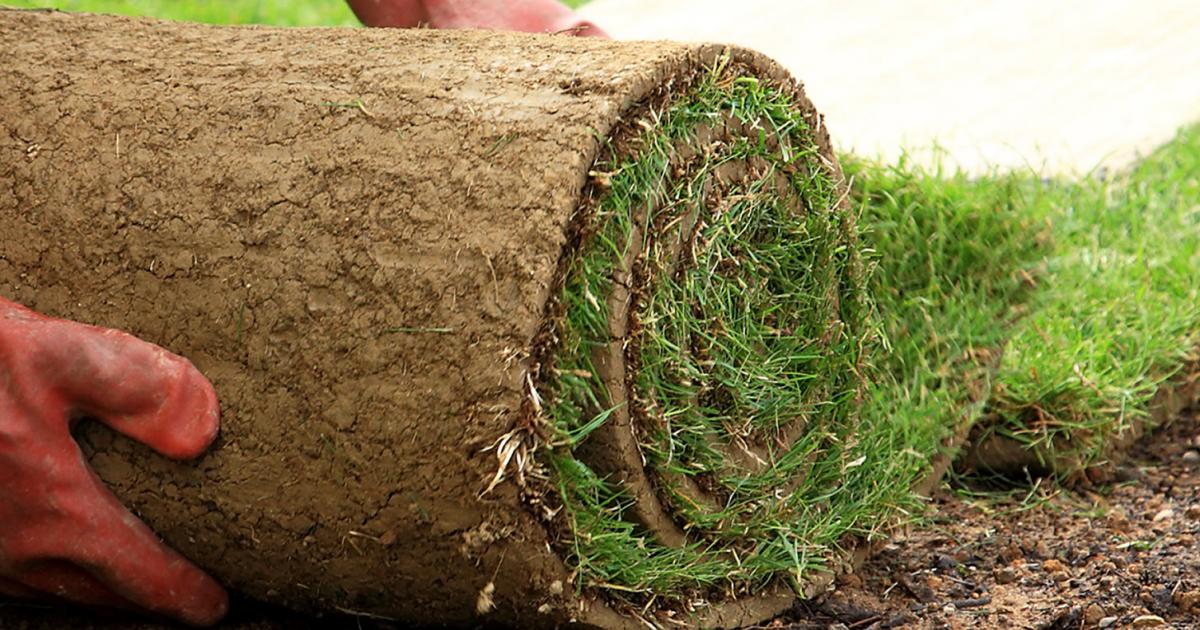
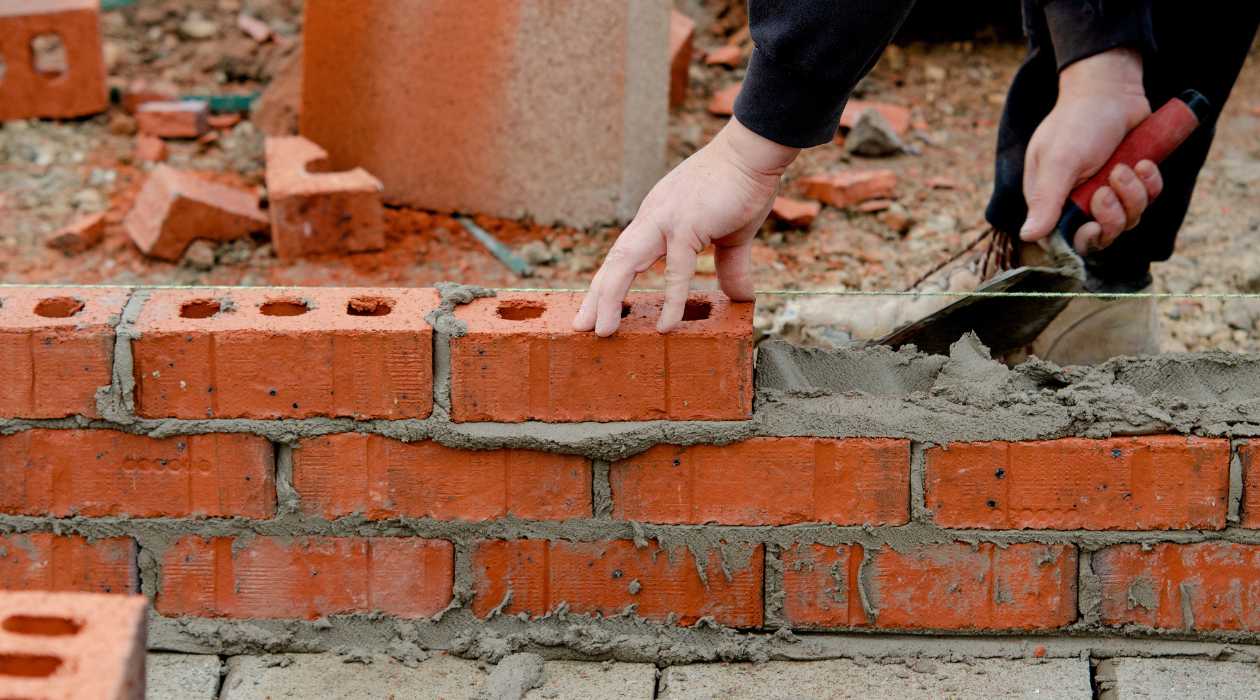
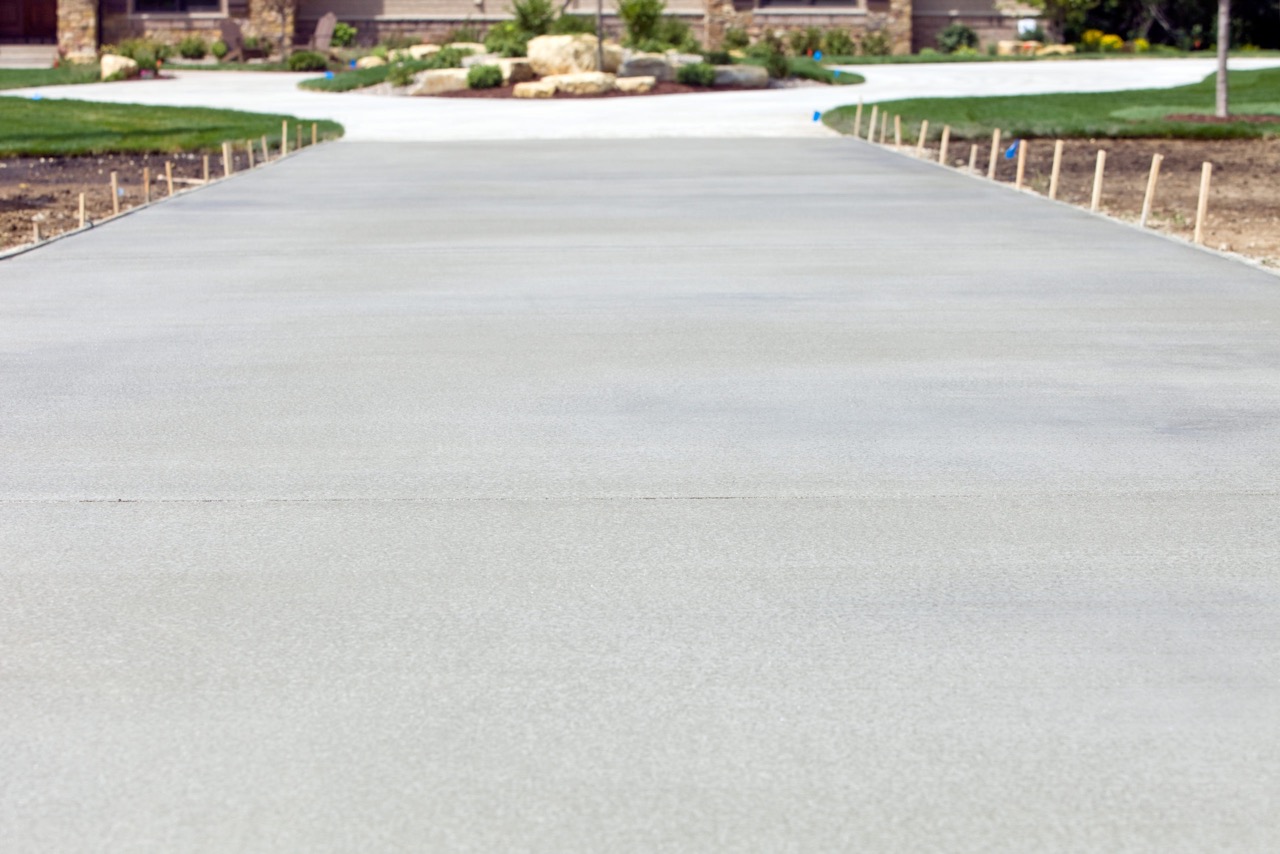
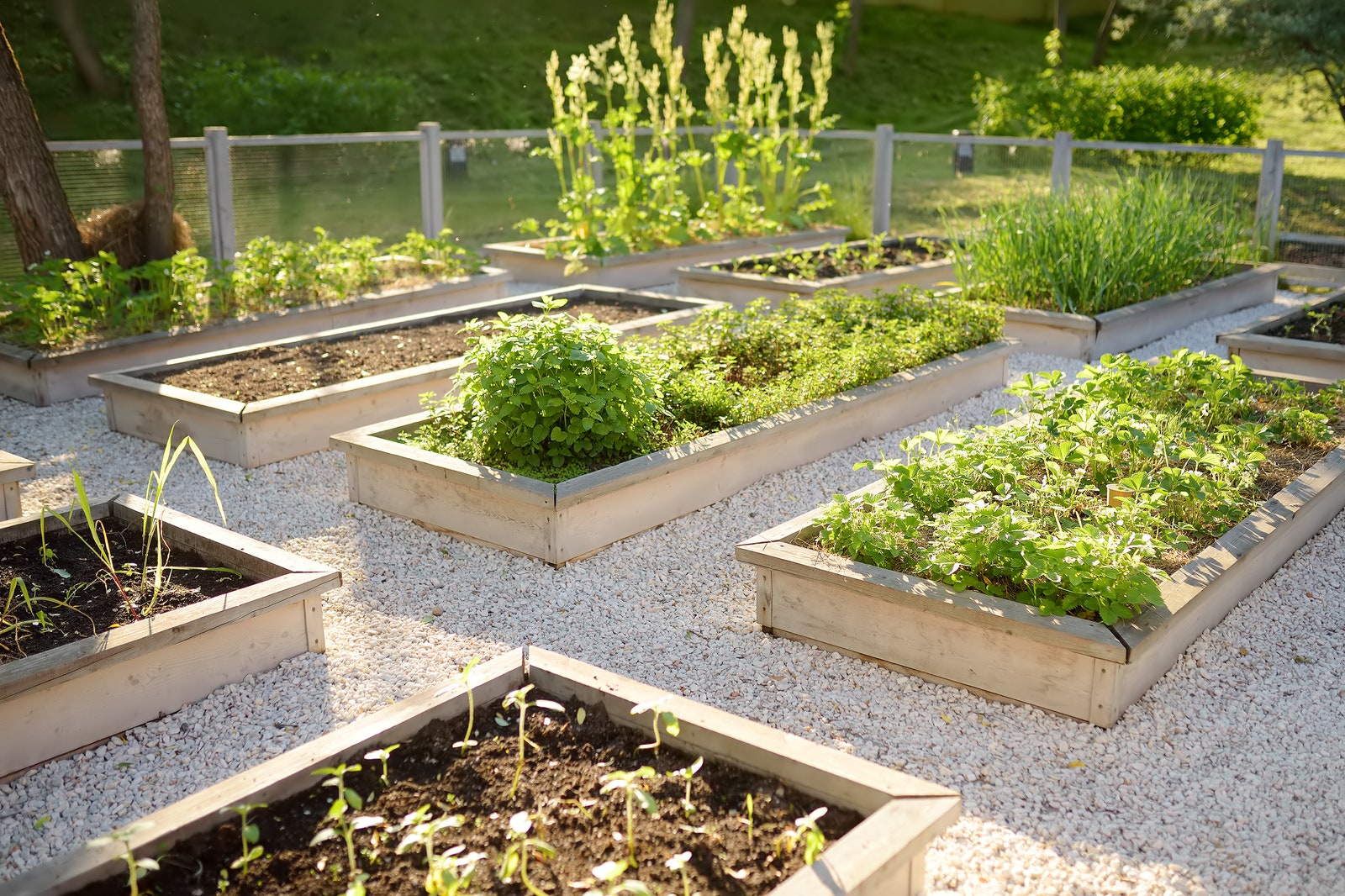
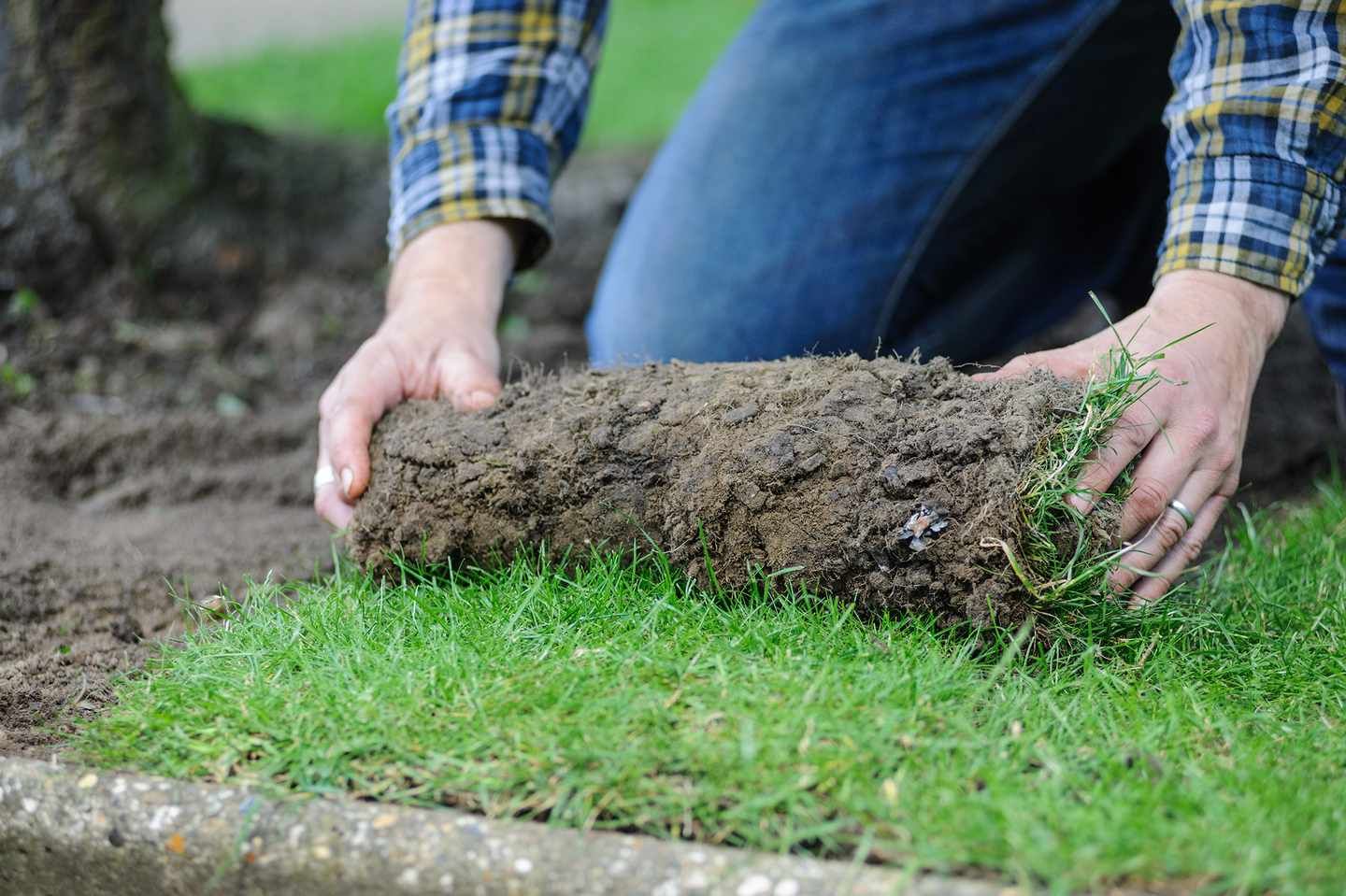
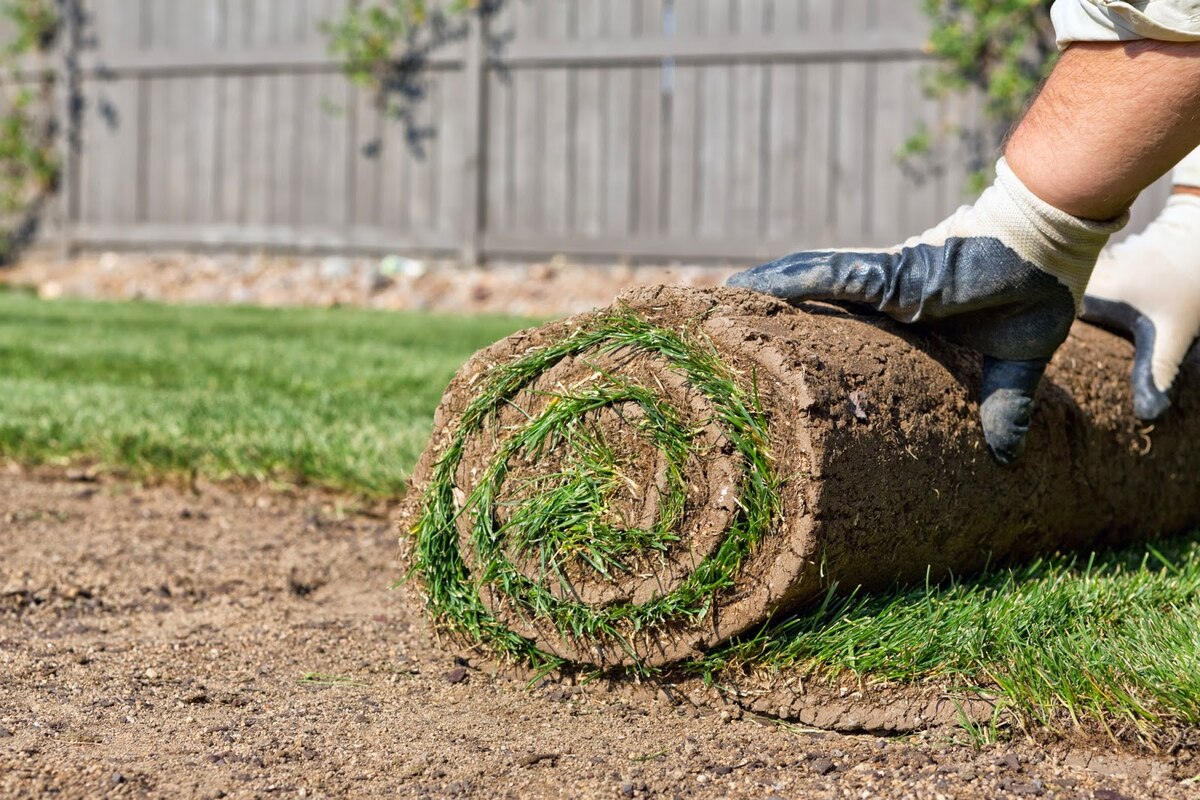

0 thoughts on “How To Lay A Cobblestone Patio”